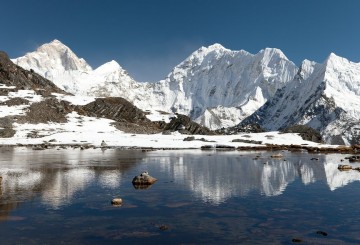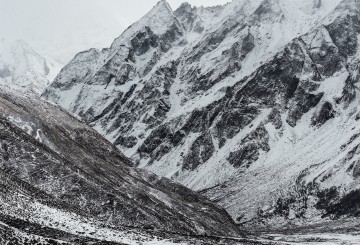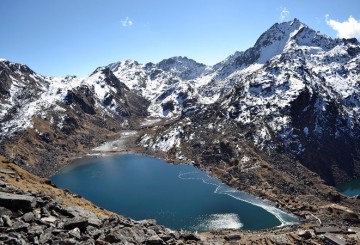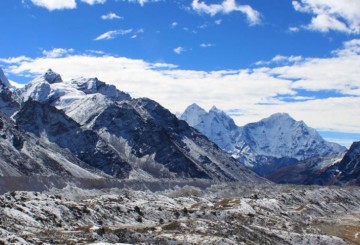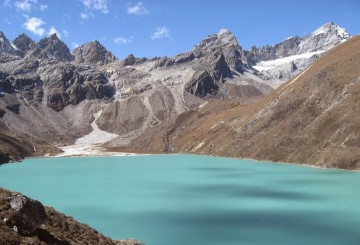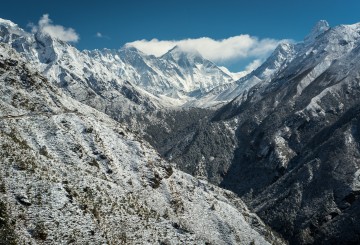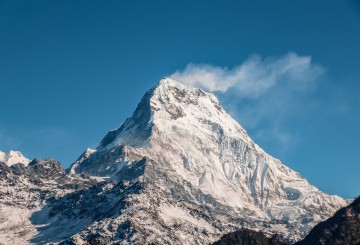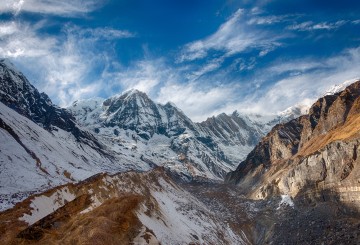Upon your arrival, our representative from Himalayan Sherpa Adventure awaits you at the airport. We will then proceed towards your hotel and brief you about Nepal and your trek. In the evening, we take you to a traditional Nepali restaurant for dinner where we will give you more information about the tour, your city sightseeing and also answer any questions you may have. Overnight at the Hotel Mulberry. (B, D)

This route taken by Sir Edmund Hillary and Tenzing Norgay in 1953 to Mt. Everest provides a classic trekking experience in the Himalayas. One of the most well-known treks in the world, this trip offers the enchanting sights of the Lukla trail and the higher Khumbu region, and allows for relaxed observation of the diverse flora and fauna.It winds us through the icons of the Khumbu area, from the spell bounding airstrip in Lukla, to the famous eight-thousanders (mountains over 8,000 m) that tower over the harmonious landscape, the hospitable and rugged Sherpas, bright monasteries, Namche Bazaar, etc., to the base of the relentless Mt. Everest. Explore towns and become dabbed with vacillating petition hails acquainted with brilliant Buddhist and Hindu settlements.
Trek to Everest Base Camp is a highlight in itself but add Gokyo and its serene lakes, this makes the perfect round trip of the Everest region. Most trekkers do not know about Gokyo as their itineraries does not include it. This makes Gokyo less crowded while adding more value to it. We recommend Gokyo visit for its beautiful lakes, Gokyo Ri (Peak), amazing views and Cho La (Pass).
Gokyo lakes, Gokyo Ri (Peak), Cho La (Pass) and Everest Base Camp are the highlights of this trip. This trip can be challenging but with the right itinerary, expert guide and preparations, this trek can be accomplished by anyone.
-
Day 1: Arrival in Kathmandu
-
Day 2: Sightseeing in Kathmandu and equipment check
Our guide will check your equipment in the morning to see if everything is fine. We will then start our site seeing tour, heading to at least 3 major attractions in Kathmandu. Our sightseeing starts in the morning and should finish around 3 pm. Some major points of interest are Pashupatinath, Boudhanath, Swayambhunath, Kathmandu Durbar square etc. You will have the rest of the day free and also a chance to do any last minute shopping before your trek. Overnight at the Hotel Mulberry. (B)
-
Day 3: Phakding 2600m 4 walking hours
Early morning after our breakfast we head out for our flight to Lukla which is about 30-40 mins from Kathmandu. During our flight we will see the hills turn to mountains and the snowy Himalayas come into view on our left side in this wonderfully scenic flight. Upon landing, we will take a little time to refresh and have a cup of tea before we start on an easy trek to Phakding. We have a descending trail for today perfect for acclimatizing. Overnight in Phakding at the Sherpa Shangrila Resort. (B,D)
-
Day 4: Namche Bazaar 3450m 6 walking hours
After breakfast, we start out our walk to Namche Bazaar following the level path along the right bank from the resort. Thamserku (6623m) mountain looms skyward on the opposite bank. The trail takes us through gentle ups and downs with nature refreshing our soul. We will pass through villages with the amazing Sherpa people and while we register for the permits in our office, we see a lot of local youths preparing to carry their substantial baggage on their back for their journey up ahead. This is where everybody dreams to turn into a climber sometime in the not so distant future. From here, we cross Jorsalle Village and come upon a forested mountainside along the Dudh Kosi River. After crossing two suspension bridges and a short walk along the Bhote Kosi, we ascend to Namche Bazaar. Overnight at the Khumbu Lodge. (B,D)
-
Day 5: Namche Bazaar - Excursion day/Acclimatization day 5 walking hours
We can sleep in a little as it is an acclimation day, and we also have option to hike up to Khumjung Village that is a 400m incline from Namche. Khumjung, being one of the largest Sherpa communities in Solokhumbu, has many monasteries, as well as a renowned high school which was built by Sir. Edmund Hillary, the first man to summit Mt Everest. Khumjung also houses a Yeti scalp, a mystical creature believed to have roamed in the mountains. Starting today we will begin to see some glimpses of Mt.Everest. We will enjoy magnificent views of Thamserku, Kangtega, Ama Dablam, Lhotse and Everest during the excursion. After our nice hike we descend down to Namche for our stay at the Khumbu Lodge. (B,D)
-
Day 6: Namche Bazaar trek to Dole 4008m 5-6 walking hrs
We start our trek descending to the greater valley down to the Dudh Koshi River where the trail turns North. We will go through green forests while we enjoy the sound and diversion of the white water in the river streaming down from the glaciers. After reaching Phortse Thanga, we climb up towards Dole where we spend the night at the local lodge. (B,D)
-
Day 7: Trek to Machhermo 4,470m 4-5 walking hrs
Today is a nice hike in the himalayas. From Dole until we reach Machhermo, we are surrounded by tall mountains and fresh air. The walk is relatively comfortable as you have already acclimatised to the elevation. But our guides are there continuously checking on you. The guide will follow your speed and not the other way around. Overnight at Machhermo. (B,D)
-
Day 8: Machhermo to Gokyo 4,800 m 4-5 walking hrs
After an early breakfast, we start our climb by the ridge where we enjoy the astonishing view of the valley and some beautiful mountains including Cho Oyu. The more we walk towards the valley, the more view widens and opens up in front of us. We reach Phangkha, a spot where 40 individuals were buried by an avalanche. We cross an iron extension where we first sight Longpongo Lake at 4690m. After a few mins of walking, we get a view of the second lake, a beautiful alpine lake with blue waters and the sun shining off the glassy surface. Afterward, a similar third lake and Gokyo Town. Mt. Cho-Oyu as a background creates an astounding sight here. After lunch, we explore the third lake, Dudh Pokhari. Overnight in Gokyo. (B,D)
-
Day 9: Gokyo Valley: Acclimatization Day - Optional Hike to Gokyo Ri 5357m 2-3 walking hrs
Today is an optional day to hike or rest as we spend an additional night here to acclimatize. We have an option to hike to Gokyo Ri, a small peak above the valley. At the top of the peak, we get to observe the full panoramic view of the Khumbu region. Rising grandly above the valley, we get to observe the seven highest peaks in the world. We can take a hike up to the fourth lake, Thonak Tsho, and take a break to enjoy the majestic view of the lakes. We then descend back to Gokyo Valley to our lodge. Overnight at Gokyo. (B,D)
-
Day 10: Trek Thagnak 4750 m, 4 - 5 walking hrs
The trail to Thagnak begins from the steep section, however, for everyone who climbed to Gokyo Ri, it will seem simple as we go a similar path today. Today we have another chance to enjoy the panoramic view of the mountains and the valley. While we descend to the other side of the hill, we enjoy the glory of the mountains that shine with the sunlight glancing off the snowy peaks. We go through Ngazimpa Glacier to the mountains on the other side. After the steep climb rest of the day is a very easy walk that is mostly descending. In the evening we reach Thagnak. Overnight at Thagnak. (B,D)
-
Day 11: Thagnak to Cho-la Pass and to Dzongla. 5,367m 7 - 8 walking hrs
Early after breakfast, we start our journey on one of the toughest trails of our trip. Cho la pass trails are very steep, slippery, and the glacier path cross on the eastern side so it makes the trail very hard. A lot of caution and awareness is required, as the trail is very steep and the ice along the way makes it tricky. On the trail from Phedi, we get a break as we go through a gorge and graveled trail. We pass through the frozen lake and we reach top of the point where it is ornamented by the Buddist prayer flags. Keeping Lobuche on the east, we reach Dzongala Village. Dzongla welcomes us with great views of Amadablam, Lobuche, Cholatse and view of PhericheVvillage. Overnight at Dzongla. (B,D)
-
Day 12 Dzongla to Lobuche 4940m 4 – 5 walking hrs
Today we trek from Dzongla to Lobuche, going through a mid-year yak breeding ground for yak farmers of the region. Dzongla is the main place where the hearders will build a camp to spend the night and the only settlement in the area. While we walk, we enjoy the views of Lobuche Peak. Lobuche Town has marvelous views of Ama Dablam and Taboche, and just a gentle visibility of Cholatse Lake. We spend the night at Lobuche. (B,D)
-
Day 13: Lobuche to EBC/Kalapathar Gorakhshep 5,370 m 7 walking hrs
The path from Lobuche follows a narrow way between the frosty moraine and the mountain dividers, past mood killer to the italian pyramid. Gather your courage and go to the edge of the moraine to investigate the Khumbu Ice Sheet. Along the blustery and rough way, you will watch with delight the views of Mt. Pumori, Nuptse, and other wonderful pinnacles, until we reach Gorakshep. Gorakshep is the start of Everest Base Camp, with the new camp being further up the valley. We start to feel short of breathe as the we acclimatize to higher altitude. After lunch, our adventure continues towards Everest Base Camp still 3.5 km away. The trail passes through over rocky dunes and moraine and streams. The base camp area provides an opportunity to experience the freezing and harsh conditions that mountaineers brave to summit this famous mountain. In Everest Base Camp, the climbers gather here while preparing to summit Mt. Everest during the high expedition season. We explore the base camp and its surroundings glacier and return to Gorakshep. (B,D)
-
Day 14: Gorakhshep EBC/Kalapathar descend to Pheriche 4,288m 5-6 walking hrs
Today we wake up early and complete either Kalapathar or Everest Base Camp if we could not finish it yesterday. We start our hike pre dawn as we want to get to the summit of Kalapathar right before the sunrise. We will have some tea and carry a packed breakfast that we can enjoy at the summit. It will be a difficult hike but a worthy one as we will have one of the best views of Mount Everest. At sunrise the view is truly extraordinary with all the high Himalayas in the backdrop. Later we descend down to Gorakshep and after our lunch in Gorakhshep we return back to Pheriche. Overnight at Pheriche. (B,D)
-
Day 15: Pheriche to Khumjung 3790m 6 - 7 walking hrs
We follow back the trails of Pangboche Village and return to Khumjung. In case we did not get to the time to see the yeti scalps and villages on the way up, we do that today. Overnight in Khumjung. (B,D)
-
Day 16: Khumjung to Phakding 2600m 6 walking hrs
Surprisingly, we've been told the descent from Khumjung to the Dudh Koshi River can be the hardest stage of the entire trek! Although the path is all downhill, the unrelenting slope places a heavy strain on our knees, also we will need to watch out for the yaks/horses pack trains climbing elevation carrying supplies. Once we cross the high suspension bridge, the path runs mostly level. We will walk back through rhododendron and pine forests with the view of snow covered peaks in the distance before arriving in Phakding. We will stay at the Sherpa Shangrila Resort for the night. (B,D)
-
Day 17: Departure from Phakding to Lukla 2800m 4 walking hrs
After breakfast, we will start our 4 hours easy walk back to Lukla. On our way back, we can visit the Chaurikharka High School, Kyongma Monastery, Buddhist stupas and villages. Today will be our last night in the Khumbu area and we will celebrate with some nepali drinks and hit the dance floor with our group, while wishing we had just a few more nights left in our trek! Overnight stay at the Khumbu Resort. (B,D)
-
Day18: Kathmandu 1400m 35 min flight
We have a morning flight to catch and our team will help you till the airport. A Himalayan Sherpa Adventure representative will be waiting for you in Kathmandu Airport’s domestic terminal. We will bring you back to your hotel and you will have the rest of the day free. This is a great time to get relax and get a massage or do some last minute souvenir shopping. Overnight at the Hotel Mulberry. (B)
-
Day 19: Final Departure or Join another tour/trek
After breakfast, we pack our luggage and belongings and head for the airport 3 hours prior to the departure.
What's Included ?
- All airport and hotel transfers
- 3 nights of hotel stay in Kathmandu on Bed & Breakfast basis
- Professionally trained and experienced tour guide and assistant guides
- Welcome/or Farewell Dinner
- Transportation in our private company vehicle
- Entrance permit and fees for all the Heritage sites
- All government and local taxes
What's Excluded ?
- Lunch and Dinner in Kathmandu
- Tips for guides and drivers
- Personal expenses
- Personal Insurance– travel and rescue insurance
- Airfare for international flights to and from Kathmandu
- Rescue services
- Nepalese visa fee
- Services not mentioned in the “Included” section
-
1. What is the best time to visit the Everest region?
- The most popular months for trekking in the Everest region are March, April, May and September, October, November, as these months are when the conditions are at their best. The spring and autumn tend to offer reasonable temperatures, clear skies, little to no rain and less chance of problematic snowfall. The average temperature around this time can range from a high around 20 degree Celsius during the day to -15 degree Celsius at night. - December, January and February have colder temperatures and are less frequently travelled, but this should not deter you from making your trip to the Everest region during these months. The weather is very clear allowing you to see all the majestic mountains and most of the lodges and tea houses are open during this time. Best of all, you don’t have to deal with crowds and will have all the views to yourself!
-
2. How do you get to the Everest region?
- The most popular way to travel the Everest region is by a short 30 minutes flight from Kathmandu to Lukla. Lukla is the starting point for all treks in this region.- There is an alternative way to reach the Everest region by driving from Kathmandu 12 hours to the village of Solu and walking for 2 additional days to reach Lukla.
-
3. What is the luggage weight limit on flights to the Everest region? Do we need to use duffle bags instead of regular luggage (with frame and roller)?
- The luggage weight limit on Everest flights are 15 kgs luggage and 5 kgs of hand carry (personal backpack). Before you start your trek, any unwanted luggages can be left in your hotel in Kathmandu. They will happily store it for you as you will be using the same hotel once your trek ends. - Yes, Duffle bags are better while in the trek because it can store more luggages and helps our porter to manage his load better.
-
4. Where will we be staying during our trek and what to expect from the accommodations? What kind of meals should I expect during the trek?
- We use only the best available accommodations during our treks which can include hotels, lodges and tea houses. Through our decades of experience, we have selected these places for their hygiene, amenities and client satisfaction. - During your trek the food choices might be more limited but you can always expect to find staples such as Dal Bhat, driving from Kathmandu 12 hours to the village of Solu and walking for 2 additional days to reach Lukla. 3. What is the luggage weight limit on flights to the Everest region? Do we need to use duffle bags instead of regular luggage (with frame and roller)? - The luggage weight limit on Everest flights are 15 kgs luggage and 5 kgs of hand carry (personal backpack). Before you start your trek, any unwanted luggages can be left in your hotel in Kathmandu. They will happily store it for you as you will be using the same hotel once your trek ends. - Yes, Duffle bags are better while in the trek because it can store more luggages and helps our porter to manage his load better. 4. Where will we be staying during our trek and what to expect from the accommodations? What kind of meals should I expect during the trek? - We use only the best available accommodations during our treks which can include hotels, lodges and tea houses. Through our decades of experience, we have selected these places for their hygiene, amenities and client satisfaction. - During your trek the food choices might be more limited but you can always expect to find staples such as Dal Bhat, Noodles/ Chowmein, Fried rice, Sandwiches, Soups and French Fries. You can also find some vegetarian options as well. Another common popular Nepali dish is Momo (dumpling) which is very popular among the locals. Make sure to try one when you can.
-
5. Do we need to bring towel, toilet paper? Does all the hotels/ lodges on the route provide bathroom, hot shower and toiletries?
- Not all hotels/ lodges provide the above following. We recommend all our clients to bring their own toiletries. Some hotels will provide attached bathroom with hot shower in your room while others will just provide a common bathroom. - The Everest region is still a remote area with no proper road access. Hence, most of the goods and supplies in this region have to be flown via air. This makes it very difficult and expensive to provide all the facilities. Some of the lodges in the lower Everest region will provide most of the facilities but you need to understand that the higher you trek, the lesser facilities will be available.
-
Do we need to bring a sleeping bag and how warm will the room be?
- Up until Namche, you will not be needing a sleeping bag. You will only need a sleeping bag in the higher elevation like around Everest base camp. Some lodges will give extra blankets but having your own sleeping bag is better. Your porter will put your sleeping bags in the duffle bags that he carries. If you don’t have a sleeping bag, you can always buy one in Kathmandu or rent through our company.
-
7. If we bring water bottle, where can we refill clean drinkable water?
- Unfortunately, the Everest region does not have a system of refilling clean drinkable water. The only way to do so is to purchase a bottle mineral water and then to pour it onto your water bottle. Purchasing mineral water is very easy in the Everest region but please know that the higher you go, so will the price of water. Also, please remember to recycle the plastic bottle or to give it to your guide or the lodge who will recycle it. It is not advisable to drink tap water. Please only use mineral bottle water or boiling water.
-
8. What about Laundry services and ATM’s along the trek route? Do they accept US dollar during the trek?
- Laundry machines are very rare in the mountains so please check with your guide for this services. Trekkers usually will not have big laundry during the trek and the little items such as socks and towels can be hand washed and later dried in the sun or by the fire. Most trekkers will only do their laundry once they are back in the capital Kathmandu where you can find plenty of Laundry services. 7. If we bring water bottle, where can we refill clean drinkable water? - Unfortunately, the Everest region does not have a system of refilling clean drinkable water. The only way to do so is to purchase a bottle mineral water and then to pour it onto your water bottle. Purchasing mineral water is very easy in the Everest region but please know that the higher you go, so will the price of water. Also, please remember to recycle the plastic bottle or to give it to your guide or the lodge who will recycle it. It is not advisable to drink tap water. Please only use mineral bottle water or boiling water. 8. What about Laundry services and ATM’s along the trek route? Do they accept US dollar during the trek? - Laundry machines are very rare in the mountains so please check with your guide for this services. Trekkers usually will not have big laundry during the trek and the little items such as socks and towels can be hand washed and later dried in the sun or by the fire. Most trekkers will only do their laundry once they are back in the capital Kathmandu where you can find plenty of Laundry services. - ATM’s are also available but only in certain places. So we urge you to use the ATM’s in Kathmandu where there are plenty and also their service fee will be comparatively less than in the mountains. - Yes they accept US dollar in the mountains but you will get a better deal if you exchange it in Kathmandu in the money exchange shops.
-
9. Is Internet/ Phone available up in the mountains? How do I charge my electronics?
- Internet is available but you will need to purchase it from the lodges. If you have bought a Nepali sim card then depending on the subscription, you can also get mobile data services but this is not a guarantee in all areas of the mountain. If your trek is above 4,000 meters high, we will send a company satellite phone along with the guide just in case of an emergency. - We recommend that our clients bring a power bank with them as electricity is limited especially at higher altitudes. We also found out through some of our clients that the solar powered power bank works well during the trek. So we recommend to have both or at least a power bank. Some lodges will provide free electricity for you to charge your power bank and in higher altitudes you may have to pay to charge your electronics. urge you to use the ATM’s in Kathmandu where there are plenty and also their service fee will be comparatively less than in the mountains. - Yes they accept US dollar in the mountains but you will get a better deal if you exchange it in Kathmandu in the money exchange shops. 9. Is Internet/ Phone available up in the mountains? How do I charge my electronics? - Internet is available but you will need to purchase it from the lodges. If you have bought a Nepali sim card then depending on the subscription, you can also get mobile data services but this is not a guarantee in all areas of the mountain. If your trek is above 4,000 meters high, we will send a company satellite phone along with the guide just in case of an emergency. - We recommend that our clients bring a power bank with them as electricity is limited especially at higher altitudes. We also found out through some of our clients that the solar powered power bank works well during the trek. So we recommend to have both or at least a power bank. Some lodges will provide free electricity for you to charge your power bank and in higher altitudes you may have to pay to charge your electronics. - Tip: Batteries will lose their charge fast in colder temperatures. So we recommend tucking your electronics in your blanket/ sleeping bag or you might find your phone/ camera dead in the morning.
-
10. How common is Altitude Sickness? What to do if I get one?
- While trekking in the Himalayas, there is always a chance of dealing with Altitude sickness, but there are many things that you can do to minimize the risks. Our itinerary programs are carefully designed to ascend slowly and to provide proper acclimatization activities. Our experienced guides will remind you to stay hydrated and also look out for any early signs of distress. - Our guides receive training every year on Altitude sickness. If they think that you are showing symptoms of Altitude sickness, they might perform some simple diagnostic tests such as checking your oxygen level or asking you to walk in a straight line. The most effective treatment for altitude sickness is to descend to a lower elevation. However, in severe cases or certain conditions where descending is not possible our guides will coordinate an air evacuation as soon as possible. - Note: All of our guides are trained to administer oxygen. Every trek that goes above 4,000 meters will be equipped with an oxygen cylinder and a satellite phone incase of an emergency.
-
11. Do we need to carry travel insurance?
- Yes, travel insurance is mandatory while trekking with us. Please ensure that your insurance covers air evacuation service. While trekking to the Himalayas, there is a risk of dealing with an altitude sickness. In case of such emergencies, your air evacuation insurance will help you cover the cost or else the trekker will have to solely bear the costs. Our treks are organized in a very thoughtful manner so you will not have to face such adversities, but we always want our guests to travel in a peace of mind.
-
12. Do I need guide and porters for my trek?
- Yes, having a trekking guide and porter is necessary part of your journey. We have our team of guides and porters who work with us every season. Guides and Porters are an integral part of what we do so they are a vital team member. All of our guides are trained every year on leadership skills and basic first aid skills. Our porters are treated fair by limiting the weight they carry and paying well for the job they do. Trekking in high altitude requires good support team and it is very important to have trekking guide and porter along with you. We treat our porters fairly by only allowing 24 kgs of maximum load and limit per trekker a maximum of 12 kgs (26 lbs) to be carried. 1 porter can carry the load of 2 clients.
-
13. Do I have to tip my guide/ porter?
- Tipping culture is not mandatory but highly appreciated. Please keep in mind that our guides/porters will not ask you for anything– including tips. However, if you think that they have performed well while doing their job, and earn your appreciation or a "thank you", you may by all means tip them any amount you find reasonable. Typical guidelines on tipping the guides are $5 - $10 per day and for porters $3 - $5 per day. Most clients often leave tips in the last night of their trek.
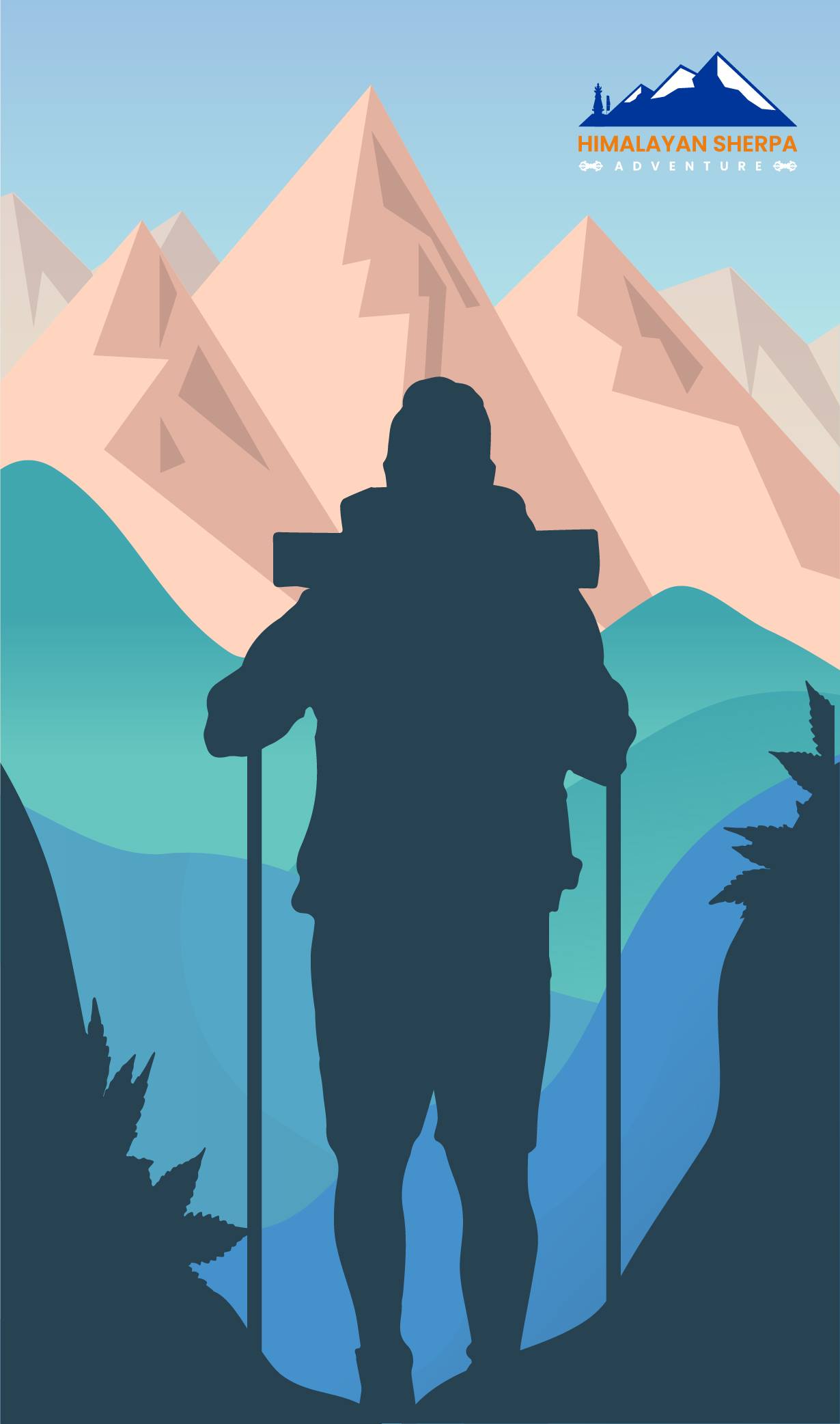
-
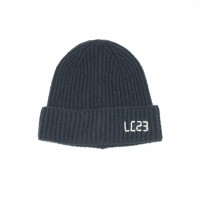
hats/beanie
-
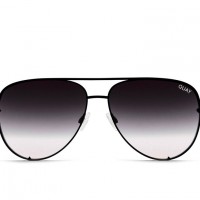
Sunglasses
-
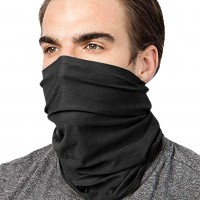
Scarf/Buff.
-

Candies/sweets
-
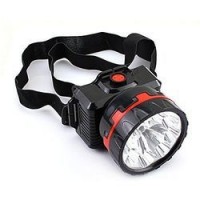
Headlights.
-
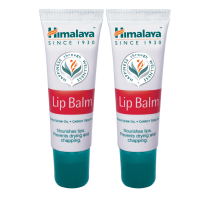
Lip balm
-
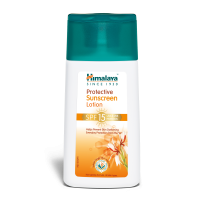
Sunscreen
-
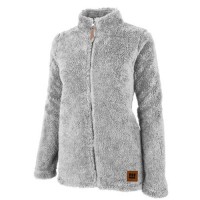
A warm fleece
-
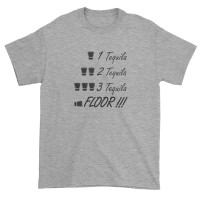
fewT shirts/ long and short sleeve shirts.
-

Daun Jacket
-
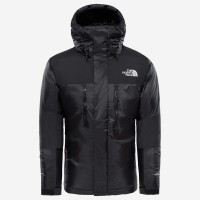
Windstopper jacket
-
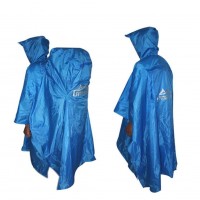
ponchos/Raincoat
-
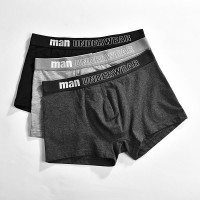
A few pieces innerwear.
-
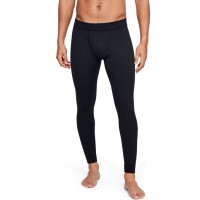
few pairs ski underwear
-
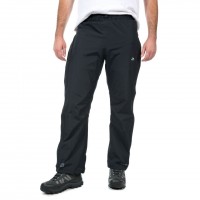
windproof trouser
-
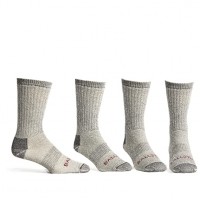
pairs of Trekking Socks
-
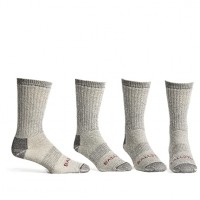
pairs woolen socks.
-

Slipper & Sandals
-
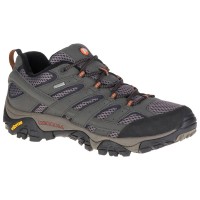
trekking shoes
-
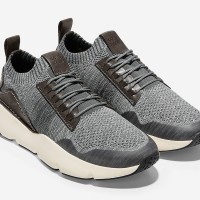
one comfortable shoes
-
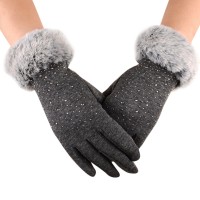
thin gloves & think gloves
-

backpack / Rucksack (waterproof)
-
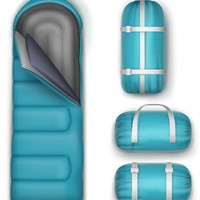
Sleeping bag -10* C
-

Duffel bag
-
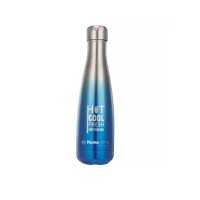
Water bottle
-
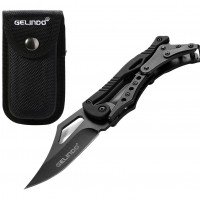
Pocket knife
-
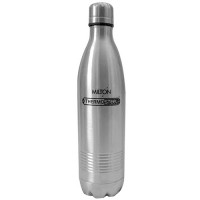
thermos
-
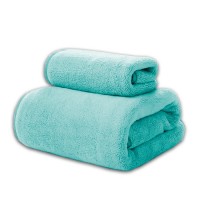
Towel & hand towel
-
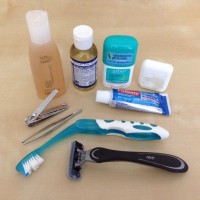
Toiletries
-

Trekking poles

You May Also Like


